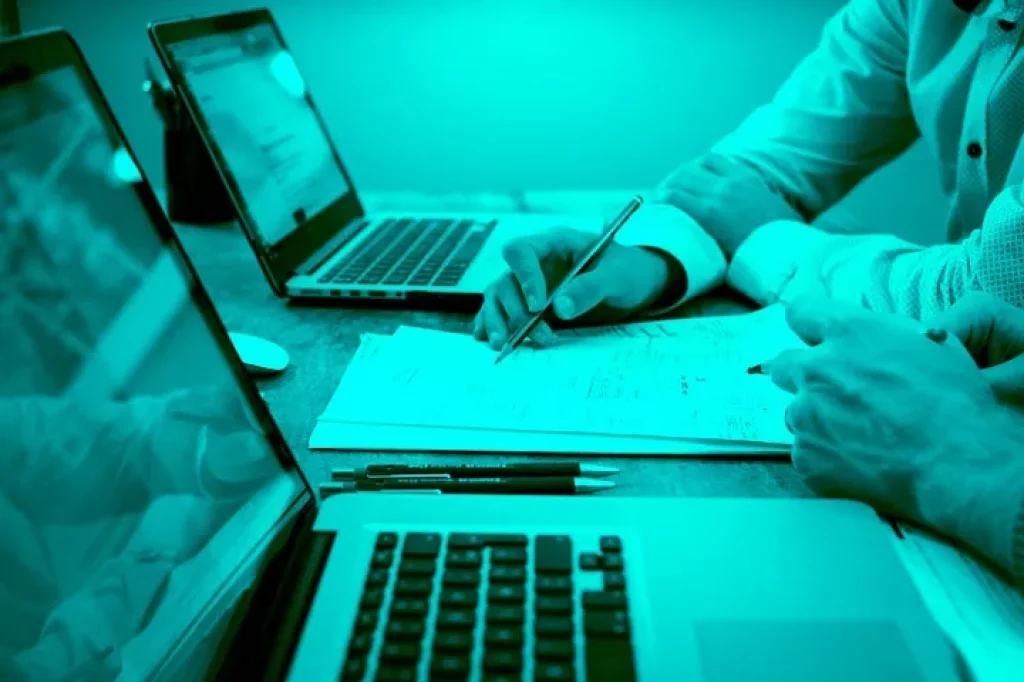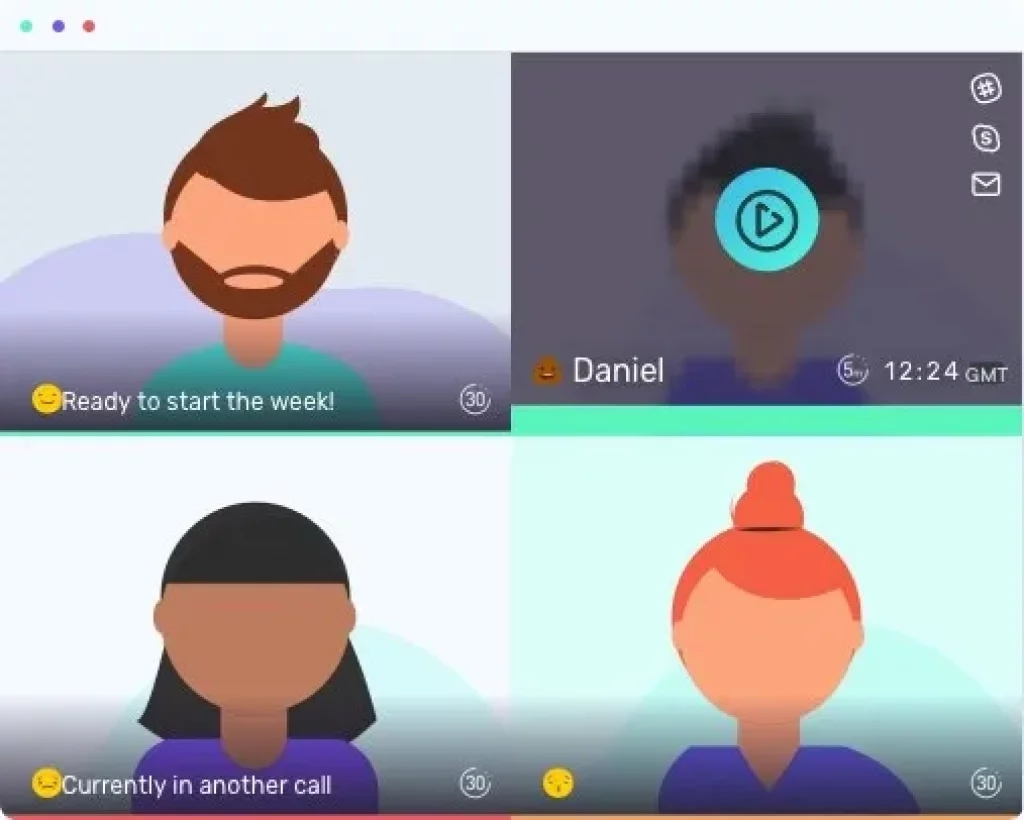How to get your remote team focused
(Working towards a common goal)

Difficult to see the forest for the trees. We’ve likely all heard this expression, it refers to being too caught up on the details and failing to see the bigger picture.
When kept out of the loop of what you’re working towards. Not seeing the bigger picture can cause us to concentrate on things that aren’t important to the end goal.
This is important for most things. Here we are going to look at how to keep a remote team focused on a common goal.
TL;DR
Outline the main goal
Create simple tasks and prioritise
Define the deadlines
Designate the tasks to the team
Have a central management area
Have meetings sparingly
Ensure communication is easy
Outline a clear goal
Before you can take your first step, you need to know where you’re going.
So, before you can get your team working on something, they need to understand what they are going to be working towards. Only once you have outlined the goal of the project do you want to get your team together to discuss.
The discussion with your team is your chance to discuss project idea you have, outlining how you plan to achieve the goal and the elements that go into this.
More importantly, you will get crucial feedback, this may mean your original idea evolves, but this is the starting point your project will evolve from.
Split into prioritised tasks
You’ve now got your end goal, it’s to understand the parts that will make up that end goal. You’ll want to break this down into simple tasks.
These tasks are what you are going to get your team to do. Once you’ve got all your tasks you need to prioritise, if you’re not sure how best to do this, a simple method for prioritising would be to split the tasks into buckets of:
High priority — the most important tasks to be worked on first.
Medium priority — important but only to be looked at once high priority has been completed.
Low priority — niceties, only to be looked at once all the essential/core tasks have been completed.
This way, you can get your team to work down the list of tasks in priority order.
Set clear deadlines

Now you have a goal and prioritised list of tasks, it’s time to set a timeline. How you arrange the deadlines for the tasks will vary depending on how your team works.
What we would advise is not being too strict with these deadlines as unexpected delays can arise such as unexpected problems, illness, holidays etc. and you don’t want to end up cornering yourself if something does arrive, especially if working on a client project.
Delegate the tasks to your team
You are now prepped, you’ve got your list of tasks, prioritised and with deadlines, you have discussed with your team the goal you need to work towards, it’s now time to delegate the work.
Ideally, you will set tasks in your project management software, with deadlines for when these tasks will be completed.
Have a central management area

This is where everything previously comes together. A central project management area, where tasks can be delegated, your team can see progress being made and share theirs.
Somewhere you and your team can see progress. Where updates can be shared and so everyone can understand if a task has been handed off to them.
Make it easy for everyone to see progress and if there is handoff for tasks, it needs to be simple for people to see that.
You’ll need somewhere to assign tasks, where discussions can be had about progress any roadblocks and somewhere to share anything that’s needed.
Call meetings sparingly
Meetings can help everyone be clear on progress, get them on the same page and share how things are going. They can also cause you to go over things everyone already knows, wasting time that could be better spent elsewhere.
What we’re saying is, only call meetings if they are necessary and if they are necessary, ensure that the meetings are productive and don’t waste time.
Make communication easy

Your team needs to be able to easily converse and communicate
We mentioned a central project management system earlier so that everyone can see progress, which is a good starting central point to bridge the disconnect. But they will also need a way to talk about the individual tasks they are working.
You should have the tools necessary to bridge the gap between your team. The tools you use are up to you; though I hear PukkaTeam is really good for remote team communication 😉.
It’s that your team have a way to connect and talk about the tasks their working on and collaborate together on them where they need.
How do you keep your team focused? Let us know in the comments 👇



 Form the Blog
Form the Blog